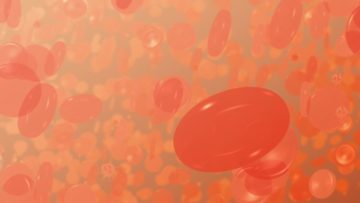Shelly Fan in Singularity Hub:
 A blood draw is one the most mundane clinical tests. It can also be a Rosetta stone for decoding genetic information and linking DNA typos to health and disease. This week, three studies in Nature focused on the watery component of blood—called plasma—as a translator between genes and bodily functions. Devoid of blood cells, plasma is yellowish in color and packs thousands of proteins that swirl through the bloodstream. Plasma proteins trigger a myriad of biological processes: they tweak immune responses, alter metabolism, and even spur—or hinder—new connections in the brain.
A blood draw is one the most mundane clinical tests. It can also be a Rosetta stone for decoding genetic information and linking DNA typos to health and disease. This week, three studies in Nature focused on the watery component of blood—called plasma—as a translator between genes and bodily functions. Devoid of blood cells, plasma is yellowish in color and packs thousands of proteins that swirl through the bloodstream. Plasma proteins trigger a myriad of biological processes: they tweak immune responses, alter metabolism, and even spur—or hinder—new connections in the brain.
They’re also a bridge between our genetics and health.
Ever since first mapping the human genome, scientists have tried to link genetic typos to health and disease. It’s a tough problem. Some of our most troubling health concerns—cancer, heart and vascular disease, and dementia and other brain disorders—are influenced by multiple genes working in concert. Diet, exercise, and other lifestyle factors muddle gene-to-body connections. The new studies tapped into the UK Biobank, a comprehensive database containing plasma samples from over 500,000 people alongside their health and genetic data. The research found multiple protein “signatures” in plasma that mapped onto specific parts of the genetic code—for example, rare DNA letter edits that were previously hard to capture. Digging deeper, several plasma protein signatures reflected genetic changes that linked to fatty liver disease. Other associations between gene and plasma predicted blood type, gut health, and other physical traits.
More here.
